Being in nature is a great experience. Hunting, hiking, camping, and fishing trips can make wonderful memories. But being out in the elements also presents some challenges: Illness or injury are bad enough when we’re sitting in our living rooms, but when we’re on a long-awaited vacation in the boondocks, an illness or injury can be really miserable.
The good news is that while the Good Lord was making majestic trees and pretty flowers to make our vacations nice, He also filled the forests, plains, and deserts of this world with amazing medicinal plants. You know… in case we did something dumb and hurt ourselves out there!
Let me introduce you to six plants that can make the difference between a minor inconvenience and a vacation-ending trip back to town.
These are plants I use regularly in my veterinary and naturopath practices. They aren’t just “good enough” for emergencies, they’re rockstar medicinals I use all the time. They also happen to grow just about everywhere.
- Yarrow (Achillea millefolium)
Yarrow is a remarkable first-aid plant. The flower and leaf are the medicine and can be harvested any time it’s in season. In cases of cuts and wounds, fresh (or dried) yarrow can be applied topically to stop bleeding. It also has some good antibiotic properties topically and internally. A warm cup of yarrow tea can help to break a fever, and the crushed plant rubbed topically on bee stings is helpful as well. Yarrow root is great topically on the gums for a toothache.
Important to note: Do not use yarrow during lactation or pregnancy.
- Mallow (Malva neglecta)
Mallow is perhaps the most common weed in North America… or Europe… or Australia… or anywhere else British or European folks ever set foot. I’ve even found it growing in sidewalk cracks in Israel!
It’s a cousin of the famous herb marshmallow and is virtually identical medicinally. Both the roots and leaves are edible and medicinal and can be harvested any time. So, what’s mallow good for? Well, a better question might be, what’s it not good for?!
Mallow can be used for all sorts of issues. It contains a chemical called mucilage that is remarkably soothing to irritated mucus membranes anywhere in the body. It’s excellent for canker sores, sore throats, stomach issues, diarrhea, and dry, hacking coughs. It’s a pretty good expectorant for getting phlegm out of the lungs as well. It’s also quite good for bladder infections. I add it to my kidney stone formulas so it can soothe and lubricate the ureters and urethra to slide the little rocks along. It’s wonderful in wound and burn poultices as well. Mallow can be harvested any time. The root is a bit stronger than the leaf.
- Gumweed (Grindelia spp.)
Another great plant to know is gumweed. It has a number of medicinal properties I use regularly in my practice. It’s an excellent antispasmodic and expectorant. This combination makes it an ideal choice for asthma cases. It’s also a good antibiotic, so it’s a natural choice for respiratory infections like bronchitis as well. Its antibiotic properties can also be used for bladder infections and other infections.
Gumweed is also anti-inflammatory and vulnerary, meaning it accelerates wound healing. It can be used as a poultice for cuts and wounds, and is also soothing to inflammation from plants like poison oak.
The buds and flowers are the medicine. The leaves are medicinal too, but aren’t as strong as the buds and flowers. Buds and flowers can both be harvested when the plant starts to flower. The buds and flowers are covered with a sticky coating, giving the plant its name.
- Mullein (Verbascum thapsus)
Mullein is another really common plant all over the world. Mullein leaves and flowers can be harvested any time they are present. The flower is the strongest part but the leaf is nearly as good and much easier to harvest. The roots should be harvested in the fall of the first year or the early spring of the second.
Mullein is quite good for respiratory conditions. It is one of nature’s best cough suppressants, as it contains calming nervines that sedate bronchial muscles and quiet coughs. It’s also a good expectorant—a nice combination for bronchitis or asthma. It’s good for sore throats too. Native Americans also used to smoke it for the positive respiratory effects.
Mullein also has some antiviral effects against several of the respiratory viruses like Corona and Influenza. It has also been shown to be effective against the Herpes simplex virus that causes cold sores.
Herbalist Jim McDonald discovered that mullein root is also quite good for back pain. In addition, mullein root is good for lymphatic congestion, cramps and diarrhea. It’s also a decent diuretic and is good for prostate problems and benign prostatic enlargement.
The flower can be made into an infused oil and used for earaches by filling a jar with flowers and covering them with olive or almond oil for a week or so.
- Plantain (Plantago major, P. lanceolata)
Plantain is a remarkable plant in many ways. It is a good diuretic and is useful for bladder infections and gout. It also has mild antibiotic, mild anti-inflammatory, and mild wound-healing properties.
Plantain also has a remarkable power to draw toxins from the body topically and internally. Chew up a leaf and put it on a mosquito bite or bee sting and it will take away the irritation. I’ve also used it internally and topically on significant cases of blood poisoning from wounds and on rattlesnake bites and venomous spider bites with great results.
- Pine (Pinus spp.)
Pine is a great antiviral herb for respiratory viruses. So, if you’re coming down with a cold or flu during your adventure in the great outdoors, enjoy a nice cup of pine needle tea several times a day. It’s also a good expectorant for getting mucus out of the lungs.
Pine also has some good anti-inflammatory properties topically. I’ve used pine needle tincture on numerous occasions for pretty significant pain in the feet or sore joints. Native Americans used to make a strong tea of the inner bark, which is likely a better strategy for a sprained ankle on a hunting trip if you don’t have tinctures with you. They’d just make a strong tea and soak their sore joints in it.
Pine needles can be harvested any time. I usually use red pine (Pinus resinosa) or white pine (Pinus strobus), but other Pinus species have very similar properties.
Important to Note: Do not take pine internally if pregnant or or nursing.
So Doc, How Do I Take These Herbs?
Honestly, it doesn’t matter very much how we get herbs into our bodies. The plant is the medicine, and the dose is the same for all of the plants we’ve mentioned here.
If you’re using fresh herbs, the adult dose is going to be a teaspoon or two. For most of the plants on this list, making tea is going to be the easiest way to get them down. Simply boil however much water you want to drink and add a teaspoon or two of the fresh herb. There’s no need to actually boil these herbs. Just add them to the boiling water and take the water off the heat to let them steep until the tea is cool enough to drink. Putting a lid on the pot or cup while it’s steeping is good if possible. When it’s cool enough to drink, strain it through a clean cloth and you’re all set!
For herbs like yarrow, plantain or gumweed that can also be used topically on cuts and wounds, just chop the herb and put it on. A little water can be added if needed to make a thick poultice paste. If you have some sort of light bandage material to keep it all in place, even better.
So there you have it! We’ve only discussed a few plants here, but if you have a little working knowledge and familiarity with these, it could do a lot of good if you were out enjoying nature and had some bad luck. Also, be aware that there are a lot of other species that are just as available and remarkably medicinal or edible. If you’d like to learn more about what’s out there and how you could use it, I know a nice fellow that can help you with that!
I hope you enjoy your next trip to the woods, desert, or mountains. There’s nothing quite like nature to soothe the soul, and being acquainted with the plants on this list means that if something goes wrong, you’ll be able to soothe any illnesses or ailments that arise too!
Hear More From Dr. Patrick Jones

THE COOP EP. #03: COMBAT SPRING ALLERGIES WITH DR. PATRICK JONES
Learn more from Dr. Patrick Jones in this amazing episode of The Coop from Homestead Living. A renowned veterinarian and clinical herbalist, Dr. Jones shares practical herbal remedies to tackle spring allergies. Discover simple, natural solutions to ease seasonal sneezing and discomfort, drawn from his decades of experience with botanical medicine.
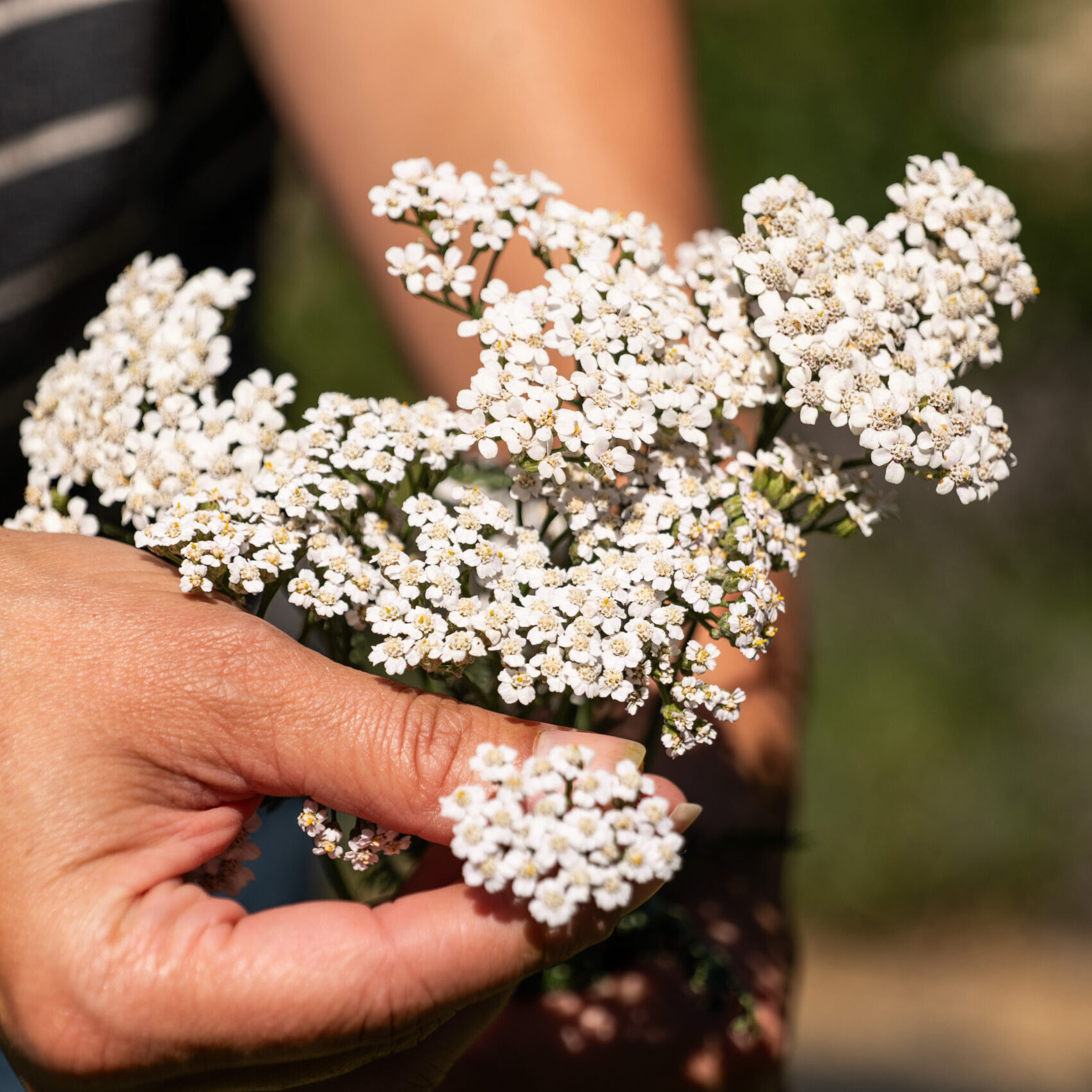


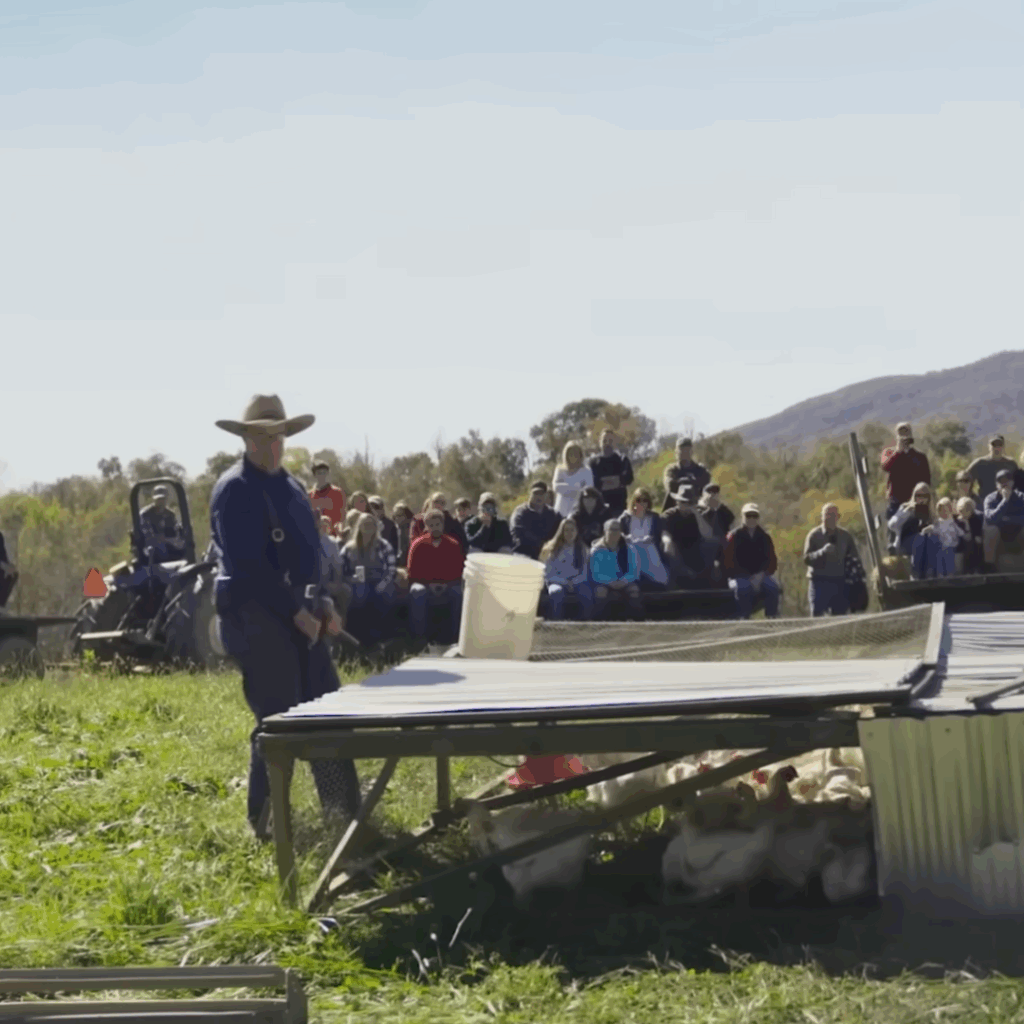
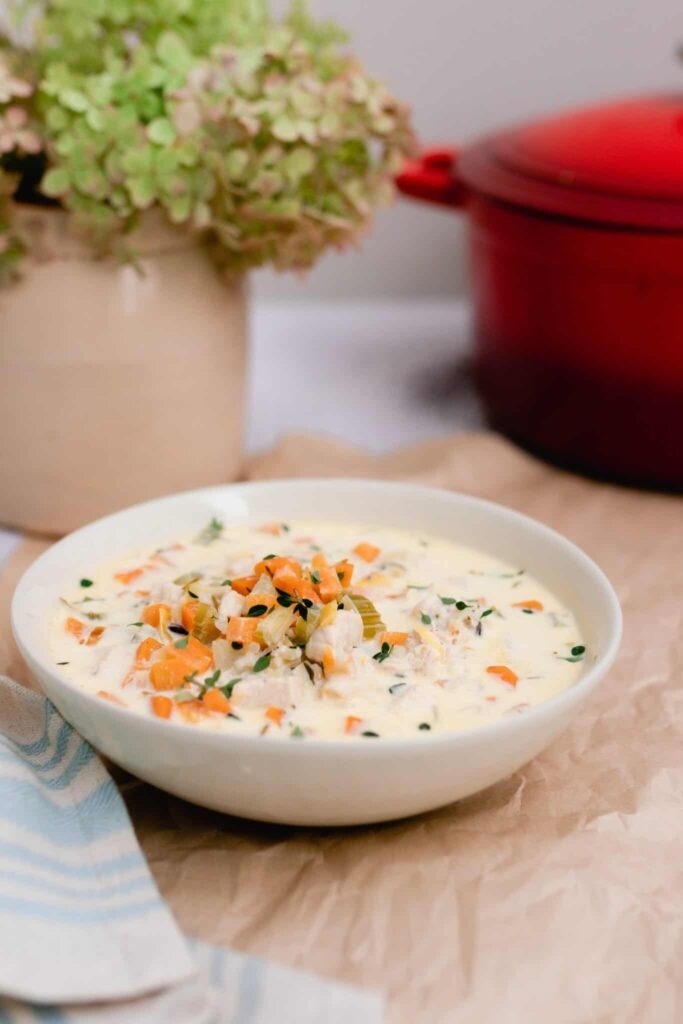
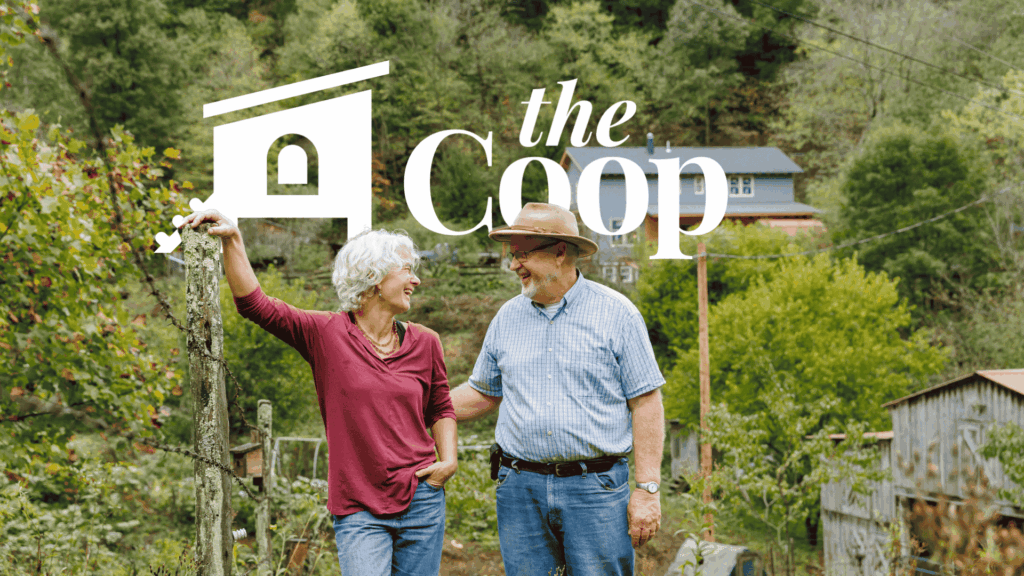
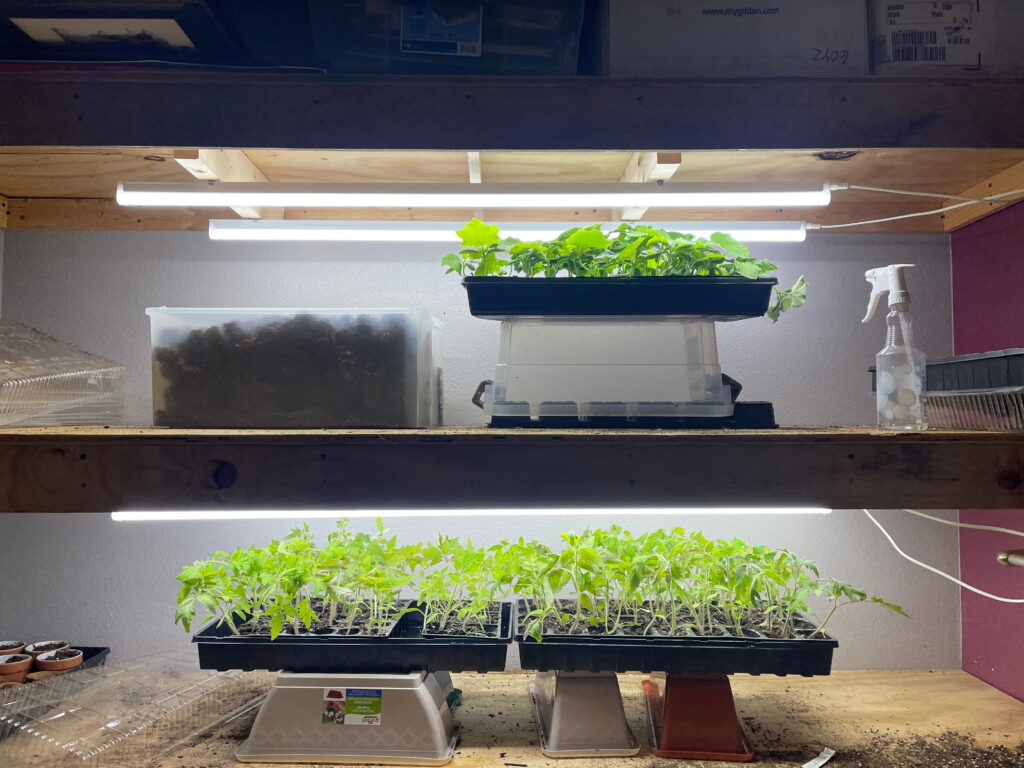
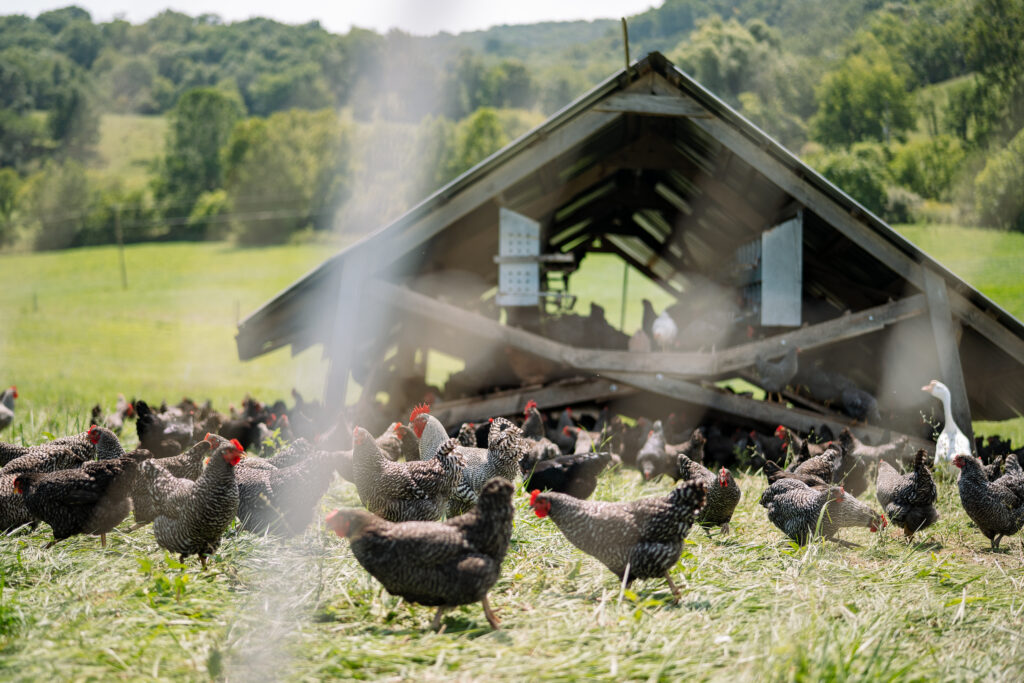
Leave a Reply